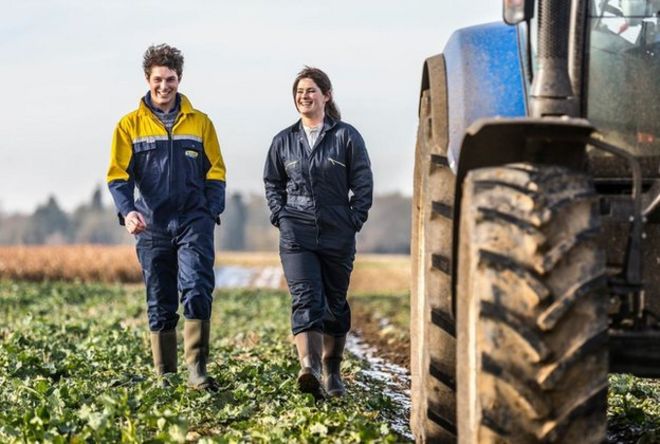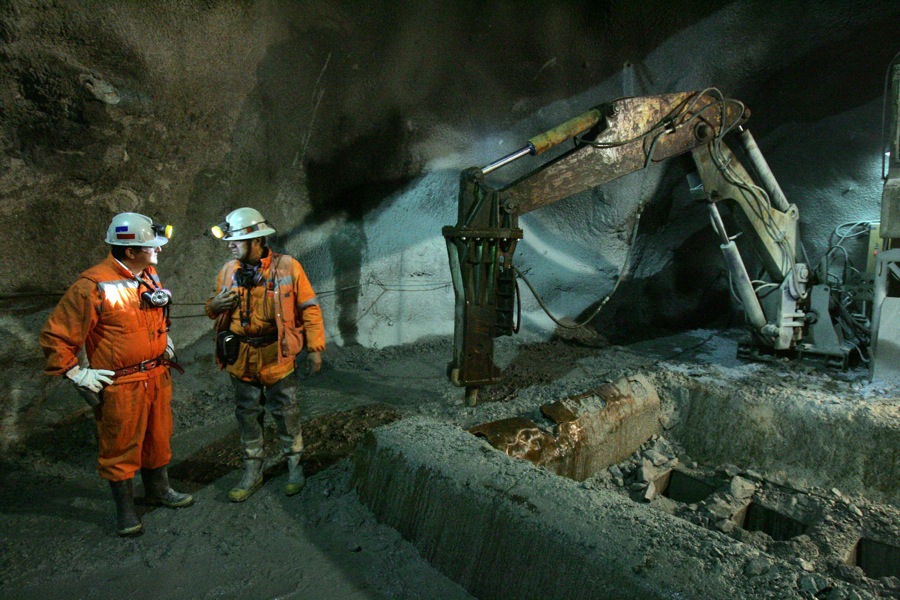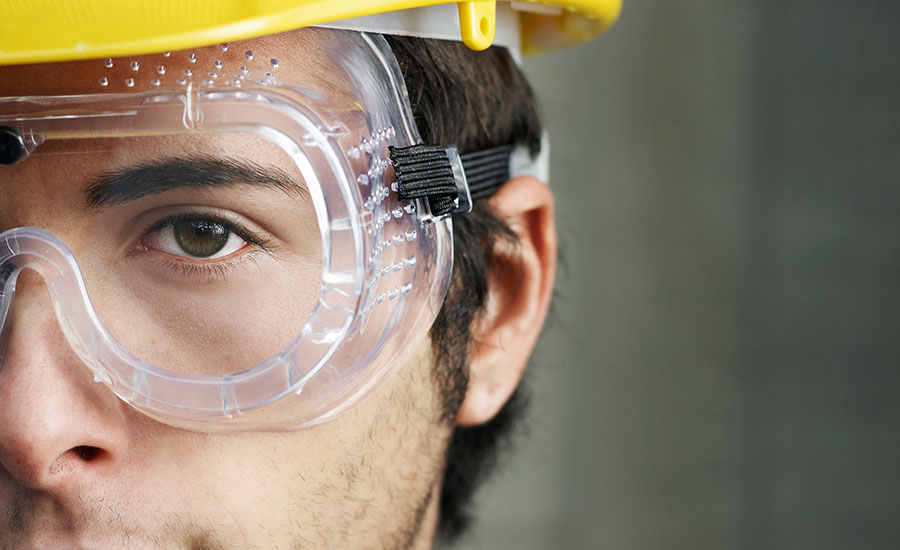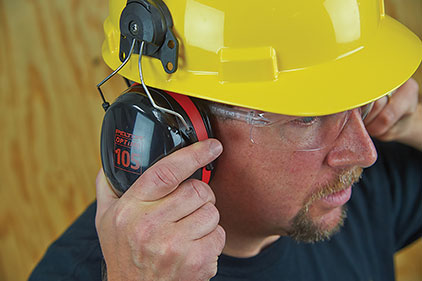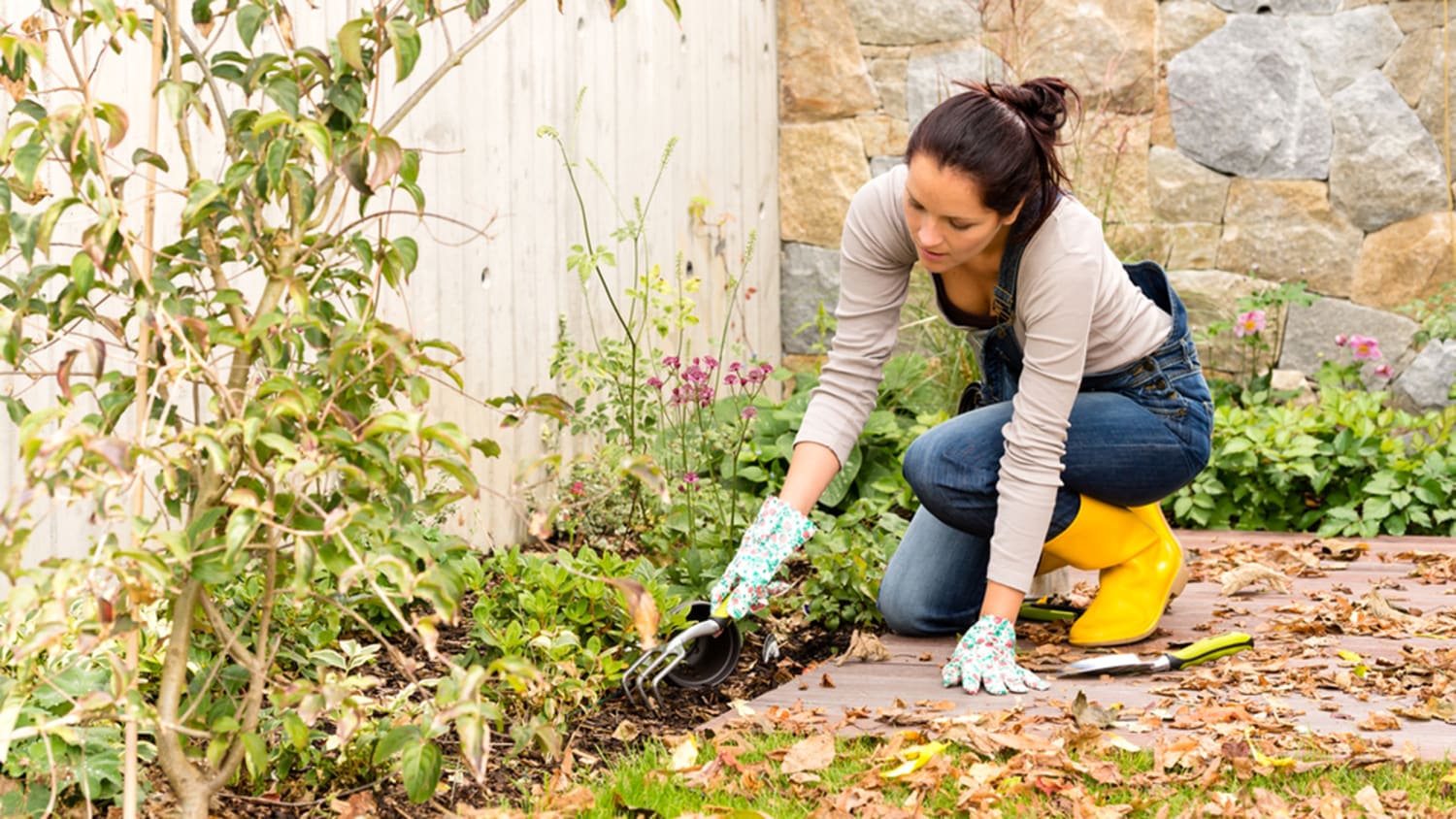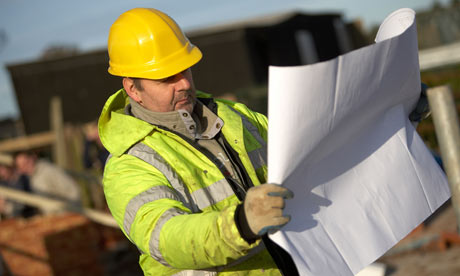Protective clothing, such as hats and aprons are very
important to a chef. Even if you are not a professional chef, when you are
cooking in the kitchen you need to know the basics of protective clothing.

Most people think that an apron is worn to avoid getting
their clothing dirty, but it is actually worn to protect the person from fire!
Wearing protective clothing that is made from cotton may be
comfortable, but it does not protect a person much from fire, plus when food or
liquid messes on cotton, there is a high chance of it getting stained.
When you buy protective clothing, always buy from a reliable
source, such as L&A Safety.

Chef hats and caps are worn to reduce sweating and prevent
any hairs from falling into the food. The colour of a chef’s clothing is also
very important. Most of the time they wear white, however there is a downside
to this – it stains easily. Recently chefs have been wearing more black
clothing, which is less traditional but easier to clean.
Before finding the right fit protective gear such as the
aprons and caps, you need to take your measurements. After your have determined
your size, you can look out for the protective gear that matches your size.

If
you prefer the online way of shopping for the protective clothing, take a look
at L&A Safety’s site. If you’d prefer to visit the actual shop there are
branches in Cape Town, Vredenburg and Robertson.

